Windows 10 can automatically download and install drivers for some devices via Windows Update, say graphics cards. It’s good that Windows helps you update drivers automatically. But sometimes it can cause issues. If you don’t want Windows 10 to install drivers automatically, you can use one of the three methods to disable automatic driver updates.
Method 1: Configure Device Installation settings
You can configure Device Installation Settings to allow or prevent automatic driver updates. Here’s how to do it:
1. Open Control Panel.
2. View by Large icons and select System.
3. Select Advanced system settings.
4. Select the Hardware tab and click Device Installation Settings.
5. Select No and click Save Changes.
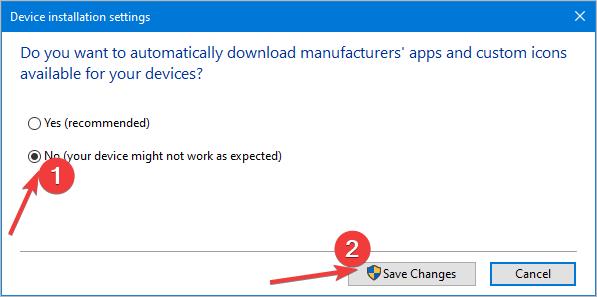
Method 2: Disable automatic driver updates via Group Policy
You can stop Windows 10 automatically installing drivers using Group Policy. Just enable ‘Do Not Include Drivers with Windows Updates’ in Group Policy.
Follow these steps to disable automatic driver updates via Group Policy:
1. On your keyboard, press Win+R (the Windows logo key and the R key) at the same time to invoke the Run box.
2. Type gpedit.msc in the Run box and click OK to open the Local Group Policy Editor.
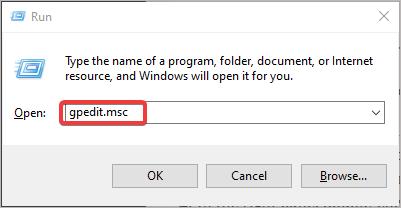
3. Expand Computer Configuration > Administrative Templates > Windows Components, then click Windows Update.
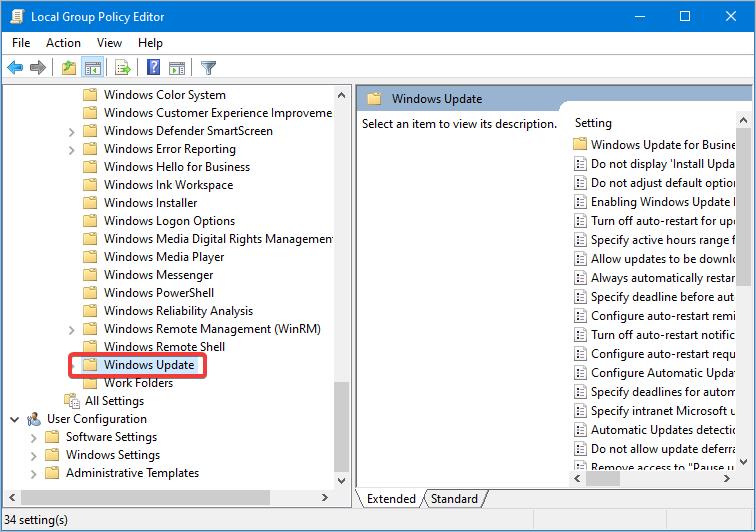
4. On the right panel, double-click Do not include drivers with Windows Updates.
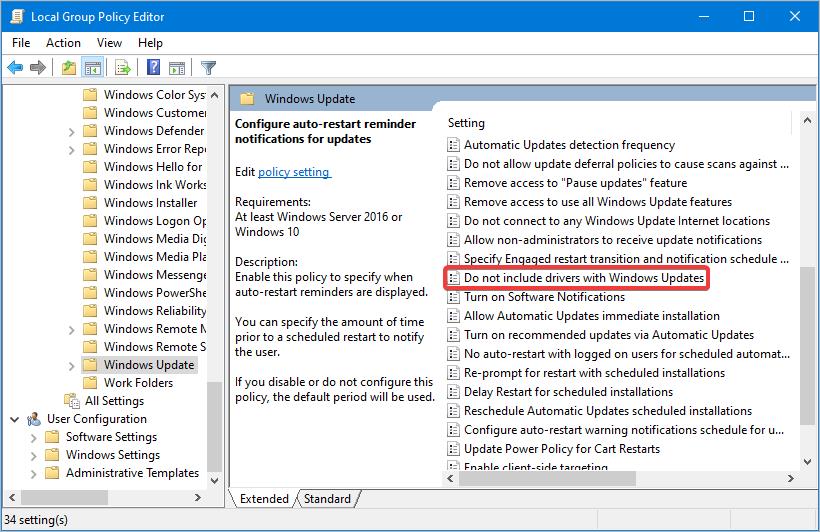
5. Select Enabled and click OK to save the changes.

After you configure the settings following the steps above, you won’t get driver updates via Windows Update. But this method only applies to Windows 10 Professional, Windows 10 Ultimate, and Windows 10 Enterprise, as Group Policy isn’t available in Windows 10 home. For Windows 10 home users, Method 1 should work for you.
Method 3: Block driver updates for specific devices
If you just want Windows 10 not to update drivers for some specific devices, you can use this method, which allows you to block driver updates for specific devices. To block driver updates for specific devices, only two steps are needed:
Step 1: Find the hardware IDs for the device
A hardware ID is a vendor-defined identification string that Windows uses to match a device. Almost all devices have a list of hardware IDs. To block driver updates for a specific device, you need to find the hardware IDs for the device.
Here’s how to find the hardware IDs for a device:
1. On your keyboard, press Win+R (the Windows logo key and the R key) at the same time to invoke the Run box.
2. Type devmgmt.msc in the Run box and click OK to open Device Manager.
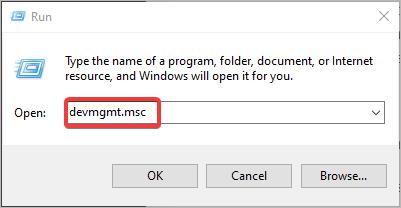
3. In Device Manager, find the device that you want to block the driver updates for.
4. Double-click on the device to open the device Properties.
5. Select the Details tab.
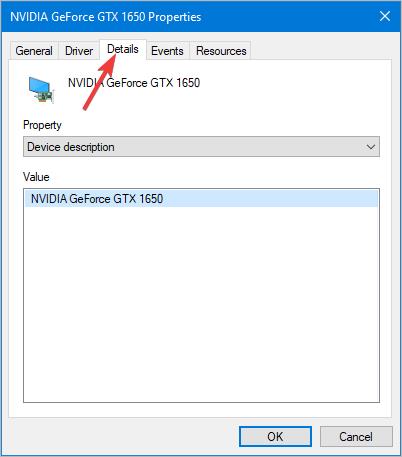
6. Select Hardware Ids from the drop-down menu of Property.

7. Copy all hardware IDs from the Value section.

8. Create a text file and paste the hardware IDs to the text file.
If you need to block driver updates for multiple devices, repeat the above steps for each device. Then copy and paste the hardware IDs of the devices to the text file.
9. Save the text file.
Step 2: Prevent installation of devices that match any of these device IDs
After you find the hardware IDs for the devices, open the Group Policy editor and configure the related settings to prevent installation of the device drivers. Follow the below steps:
1. On your keyboard, press Win+R (the Windows logo key and the R key) at the same time to invoke the Run box.
2. Type gpedit.msc in the Run box and click OK to open the Local Group Policy Editor.
3. Expand Computer Configuration > Administrative Templates > System > Device Installation, and click Device Installation Restrictions. On the right panel, double-click on Prevent installation of devices that match any of these devices IDs.
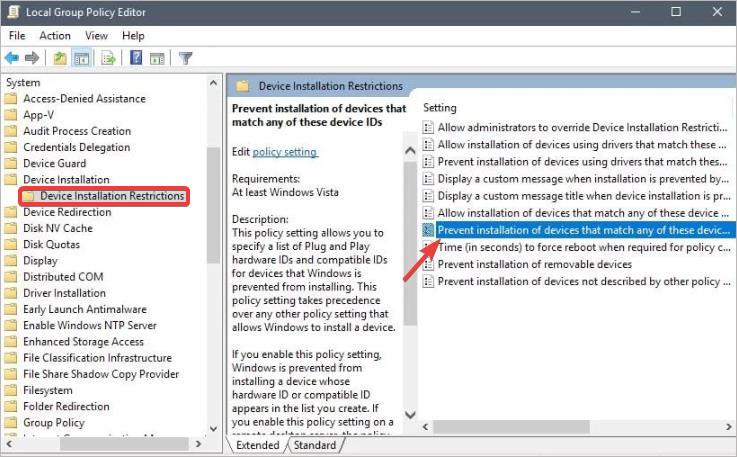
5. Select Enabled and click the Show button to open the Show Contents window.
6. In the Show Contents window, copy and paste all hardware IDs you’ve saved earlier to the Value section. Then click OK to save the changes.
7. Back on the policy page, click OK to save the changes.
If you want to prevent driver updates for other specific devices in the future, you can keep adding the hardware IDs of those devices to the Value section mentioned in Step 6. But you need to keep the Enabled option (mentioned in Step 5) selected.
Hopefully you find this article helpful. If you have any questions, feel free to drop a comment below. I’ll get back to you ASAP.

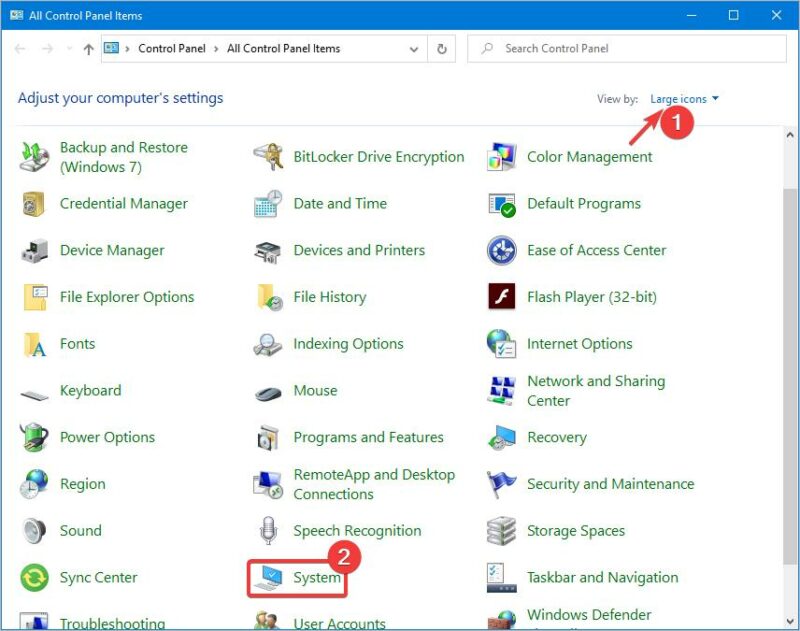
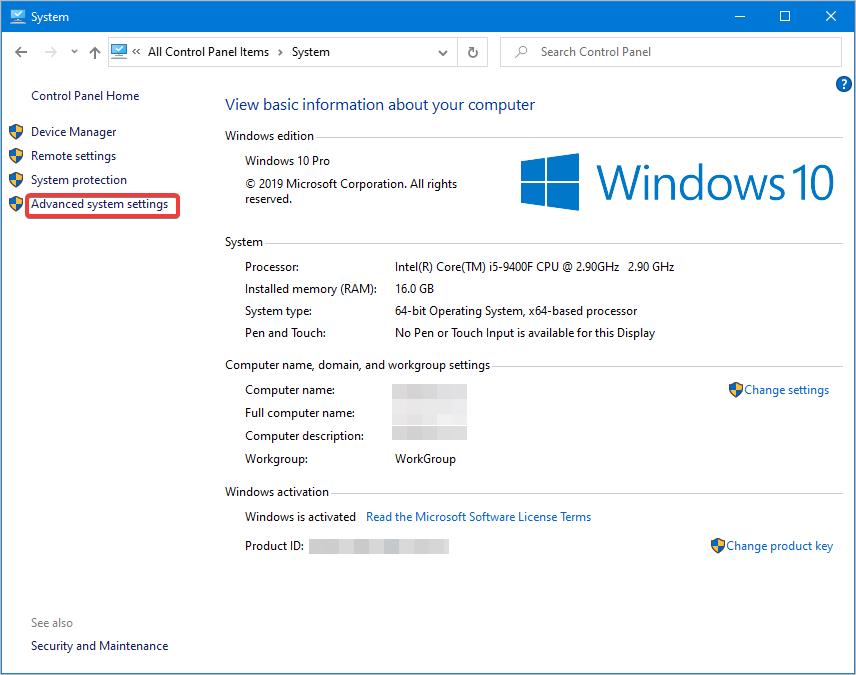
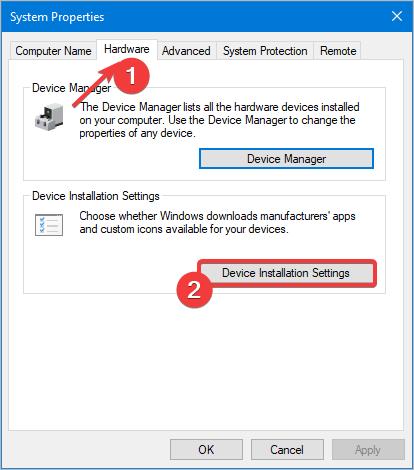
Method 1 does not seem to actually work. I started by installing Windows 10 Home and never allowing an internet connection. I used Method 1. Then I connected to the internet and it still downloaded out of date Nvidia drivers. I had wanted to do that myself with my own downloaded installer that is up to date.
I’m sorry that Method 1 doesn’t work for you. You can try other methods.
tried all 3 methods… but it still installs they keyboard driver
None of this methods worked for conexant audio
Method 2 works for me thanks
Glad it helped you out.